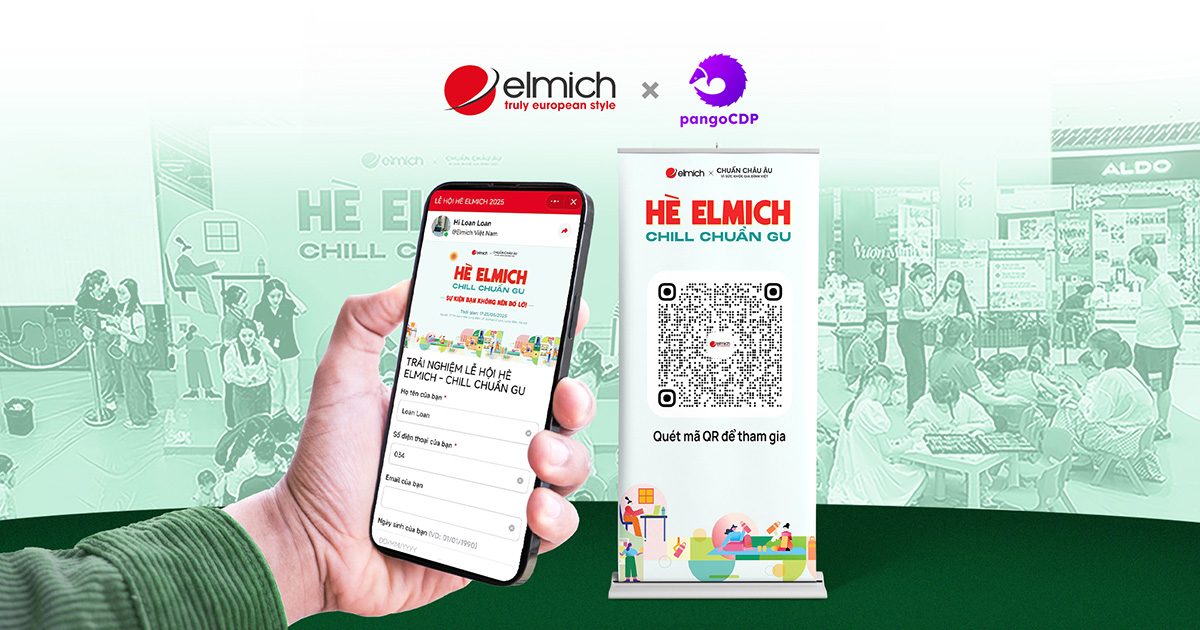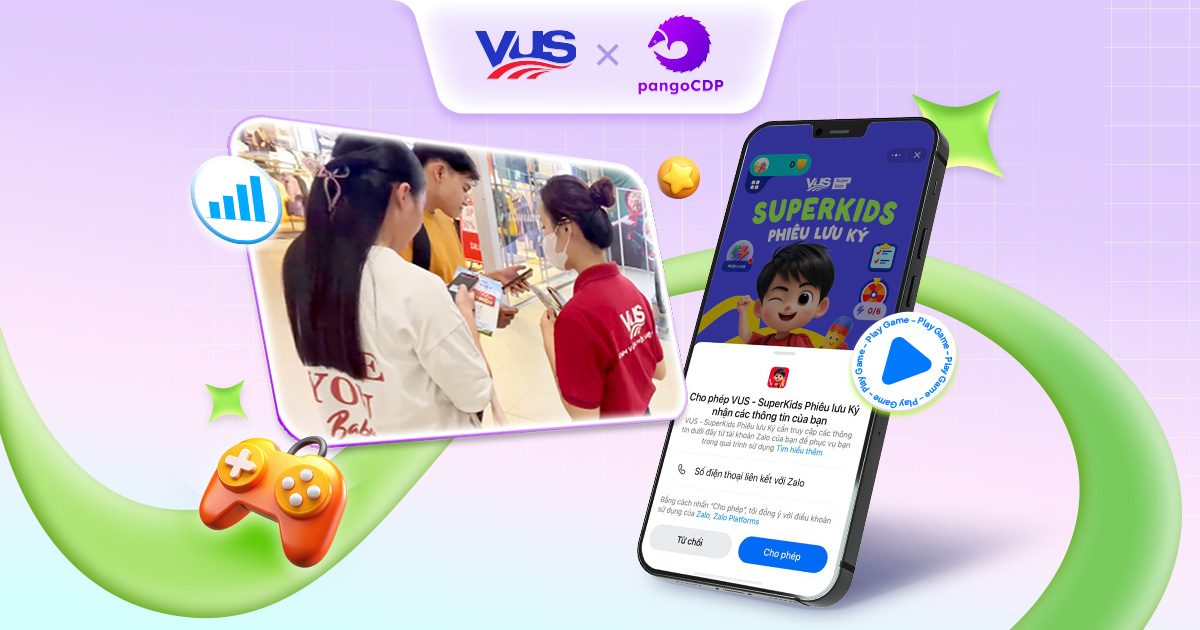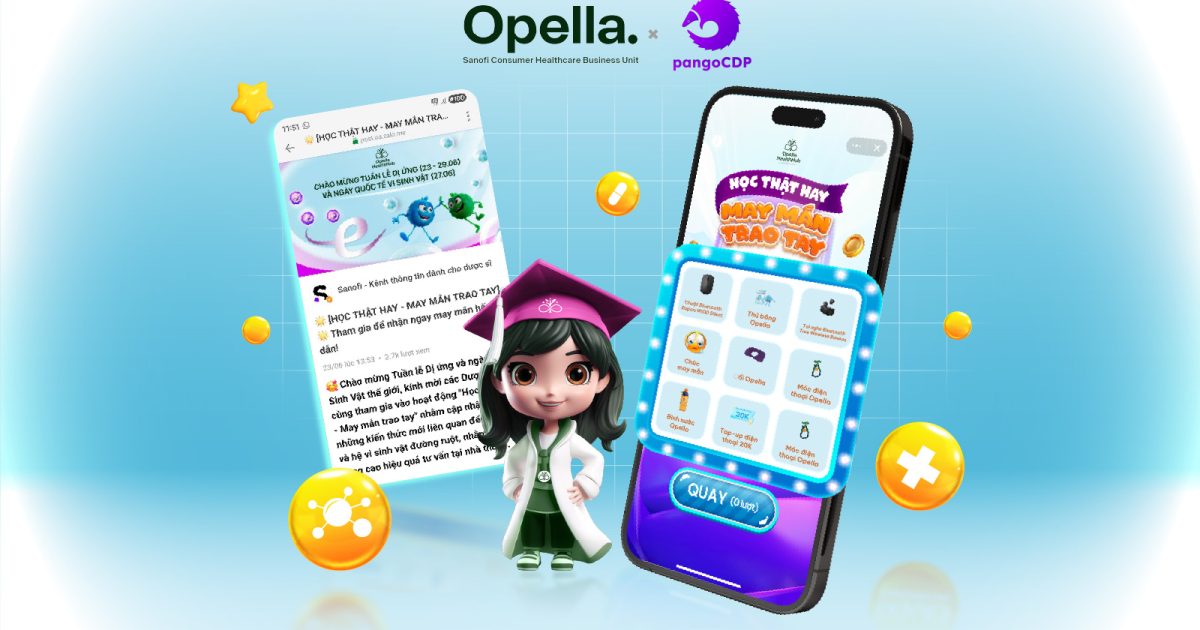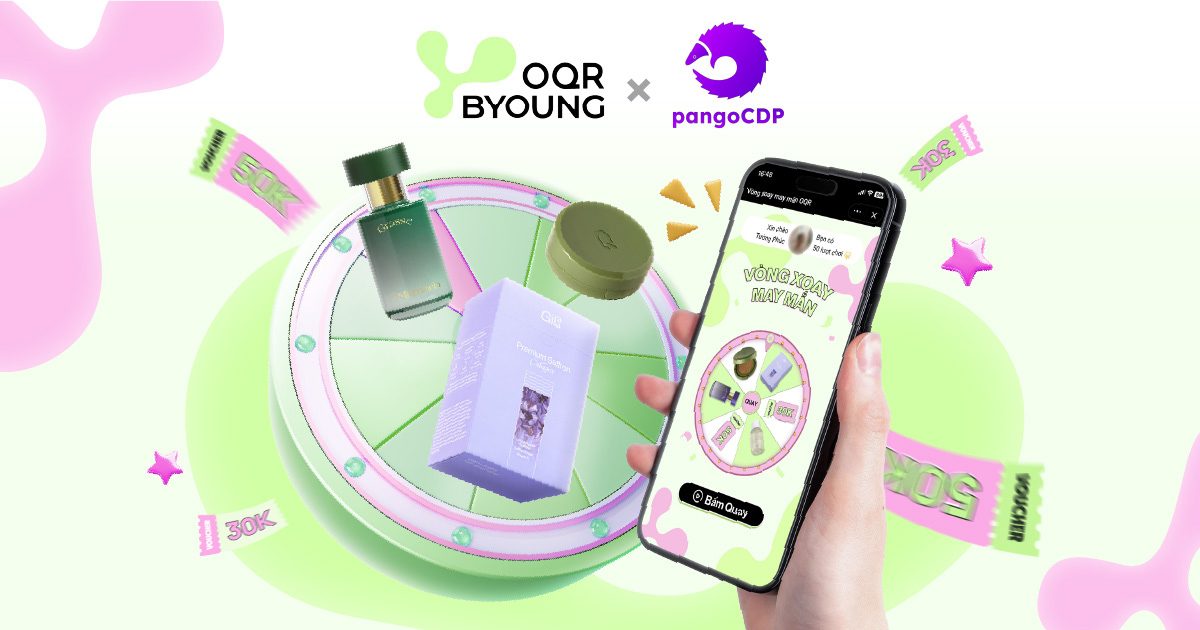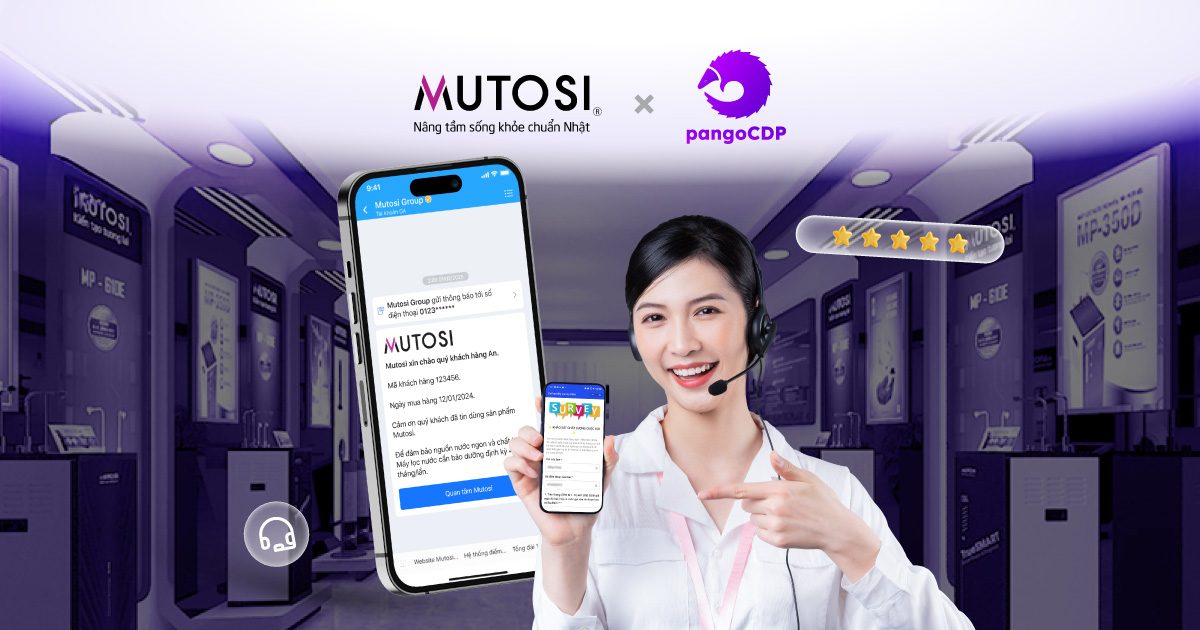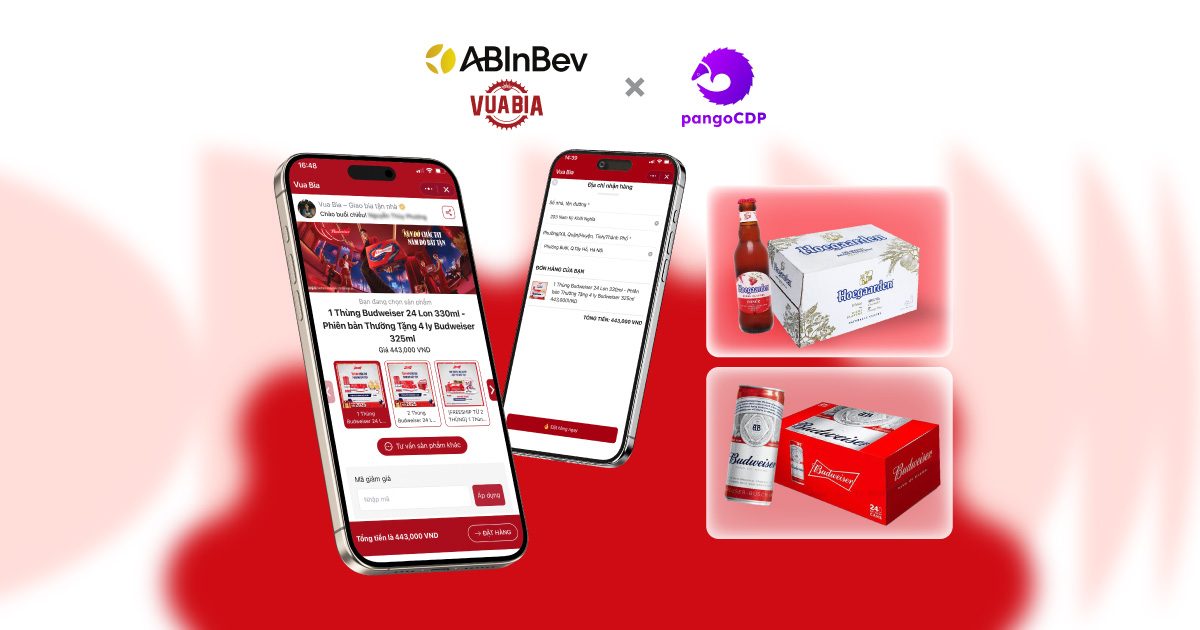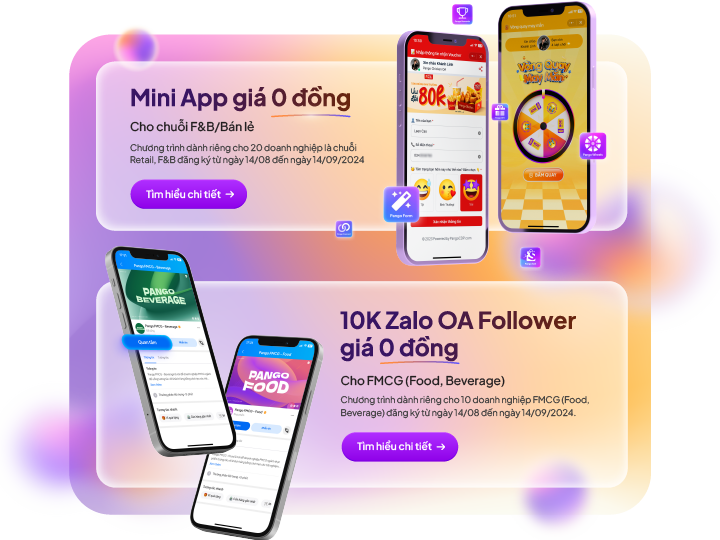
Deploying a QR Code project on the product is not simple, but the results obtained when successfully deployed will be very worthwhile. PangoCDP team, with many years of experience in implementing QR Code projects for more than 5 large enterprises in the top of the industry in their respective industries, has encountered numerous challenges. This is a large-scale project involving coordination among multiple departments.
Difficulties When Implementing QR Codes On FMCG
Printing on product packaging
For a single type of QR Code, the QR Code is required to be printed on the inside of the product or covered under the scratch card layer (if printed on the outside) so that customers can only scan after purchase. Most FMCG companies outsource their packaging printing, and it is likely that the printing partner is not ready for printing inside the product and each product must print a different code.
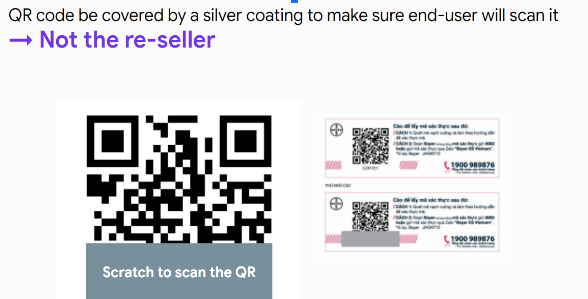
Even if the option does not require direct printing on the product packaging, but only involves printing a sticker with a silver-coated QR Code, the process of affixing this sticker to the product alters the production process. For long-standing manufacturing companies, changing a process that has been around for decades is not easy.
Operating cost
The introduction of a plan for the finance and accounting department to account for promotion costs with online forms such as electronic vouchers is also one of the difficulties that need to be solved.
Communication motivates customer to scan QR codes

Difficulties in printing, perhaps communication is also a problem for businesses that have never implemented this project. QR Code after being printed on the product will serve many different advertising campaigns. Depending on the time, the marketing department can be used for winning campaigns or accumulating points. In addition, the budget for communication will not be small, the campaigns change to serve the communication to the end user about the benefits after scanning the QR Code. Practical experience shows that without proper planning, the QR Code scanning rate is very low, leading to project failure.
Anti-cheat
In addition to providing clear benefits to customers scanning QR Code, anti-fraud measures must also be implemented synchronously. How to get the benefits to the end customers is a big challenge because agents and retail outlets are likely to cheat and find ways to get these benefits without notifying the Customer.
Loyalty/CRM system integration
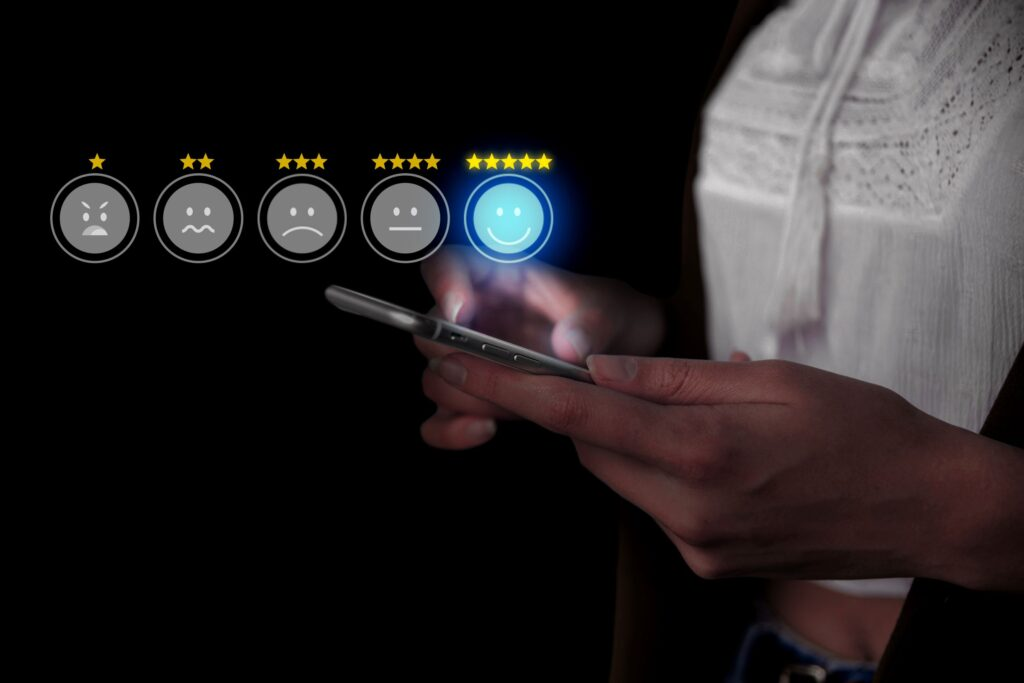
The integration of the QR Code system with the available Loyalty/CRM systems to unify customers interests in one place is also one of the final challenging factors.
Benefits of QR Code Implementation
As the title of this period has stated, the difficulties in implementing the QR Code project are not easy to overcome. This requires great determination of the Board of Directors as well as the project team. However, once overcome, the substantial benefits will contribute to the future growth of the business.
Increase potential information data
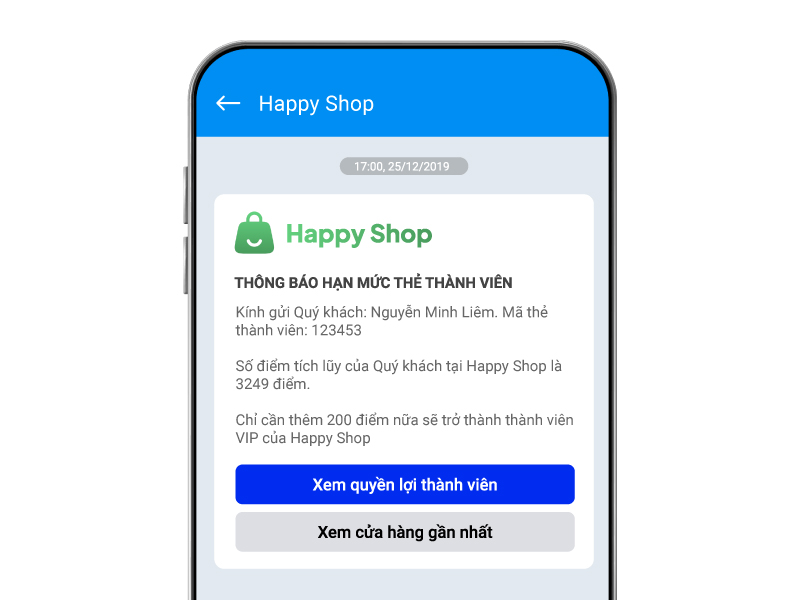
The manufacturer and distributor of FMCG will obtain the initial information about the end consumer such as phone number, email,… From there, more detailed information can be gathered, including the customer’s interests in the product line and their location when purchasing and scanning the code. The acquisition of the data of the end customer is an extremely important step of the business in creating a direct connection with customers to serve many different growth goals.
System management
Another benefit in implementing QR code scanning is the ability to prevent regional dumping. When customers purchase directly after scanning the QR Code, the system will identify the customer’s actual location. This enables businesses to track the flow of shipments and determine whether it aligns with accurate distribution or if goods are being transferred between provinces to exploit incentives during distribution.
Sales revenue growth

The second significant benefit of implementing the QR Code project is that the Marketing department will have many options to increase revenue from time to time, by region,… QR Code on the product is like an infrastructure for departments, especially marketing and business to use to convey a lot of messages to end users and can completely measure the effectiveness of the advertising campaign through actual consumption.
An example of a soft drink product, customers can turn on the QR Code scanning cap to win in the promotion month, the task of marketing is to communicate widely so that customers are aware of the program and encourage customers to scan the QR Code as much as possible. The effectiveness of the program is of course measurable by the number of customers who have scanned the QR Code (i.e. the number of actual customers who buy the product). In the past, when pushing revenue with promotions, production businesses could only see the number of products purchased by agents. And whether or not the benefit of the promotion reaches the buyer is still a big question mark.
Create interest in interacting
If you stand in the customer’s point of view, the QR code is quite interesting and the customer will be excited and willing to spend a little time to have the opportunity to receive great benefits such as winning. Or simply, customers can get useful information from the QR Codes printed on the product.
With experience in implementing QR code projects for large enterprises in the top enterprises in the segment from the FMCG industry to the pharmaceutical industry, retail,… the PangoCDP team has gained in-depth knowledge in analyzing and applying QR Code in a business in general and marketing communication campaigns in particular. For more advice on application solutions, optimal QR Code implementation and system integration with Loyalty/ CRM systems,…


